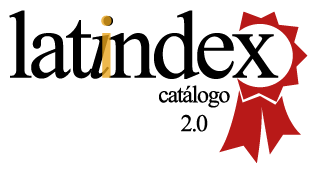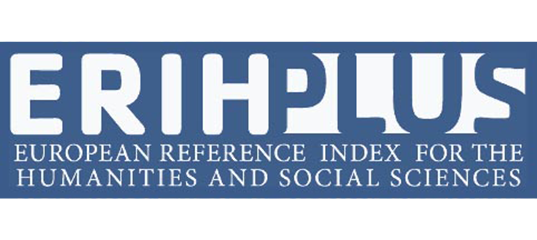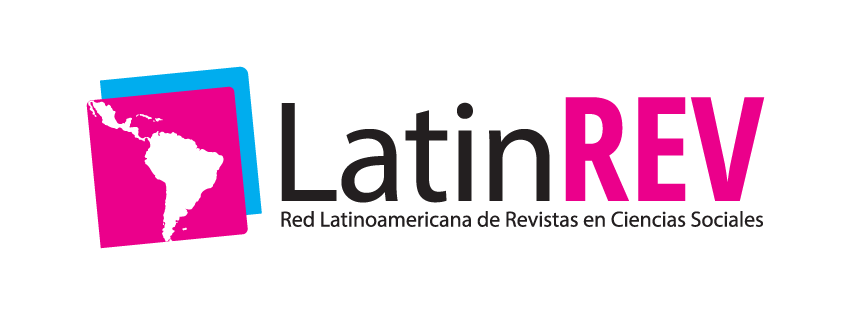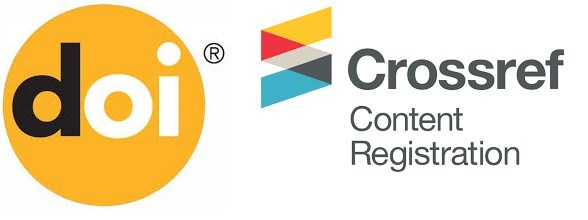Microenterprise Employment and Family Income Dynamics in Manabí, Ecuador: An Analysis Based on ENEMDU
DOI:
https://doi.org/10.46480/esj.9.2.240Keywords:
Microenterprises, Household income, ENEMDU, Labor market, Manabí, Informality, Socioeconomic factorsAbstract
Context: This study analyzes the relationship between employment in microenterprises and household income in the province of Manabí, Ecuador, using data from the 2024 National Employment, Unemployment, and Underemployment Survey (ENEMDU). The analysis focuses on households with at least one member employed in microenterprises, highlighting the relevance of this sector in the local productive structure. Methodology: A quantitative and descriptive approach was applied. The study assessed the share of household income derived from microenterprise employment, compared income levels with other labor sectors, and identified associated factors such as economic sector, household size, geographic location, and gender of the main income earner. Results: The findings reveal significant heterogeneity. Microenterprises in services and finance yield substantially higher returns, while those with lower entry barriers generate more moderate outcomes. Household income tends to increase with the number of employed members until reaching a plateau. The urban–rural gap is evident but moderate. Female-headed households show higher average incomes; however, structural disparities persist, with lower income levels in rural households and in part of those led by women. Conclusions: Employment in microenterprises contributes to household economic sustainability, but its impact is shaped by social and territorial factors. These results provide valuable evidence for the development of public policies aimed at strengthening the microenterprise sector with an inclusive and equitable perspective.
Downloads
References
Arias Marín, P., Carrillo Maldonado, P., & Torres Olmedo, J. (2020). Análisis del sector informal y discusiones sobre la regulación del trabajo en plataformas digitales en el Ecuador (tech. rep.). CEPAL.
Ayon, G., Baque, E., & Pincay, J. (2024). Desafíos y oportunidades para la supervivencia de las MIPYMES en el cantón Jipijapa (tech. rep.) Universidad Estatal del Sur de Manabí.
Carvajal, A., & Espinoza, L. (2020). Microcréditos ecuatorianos: incentivo a la reducción de la pobreza y mejora del ingreso familiar. Revista Vínculos ESPE, 5 (3), 51–65. DOI: https://doi.org/10.24133/vinculosespe.v5i3.1671
Castiglia, M. (1993). Microempresas y sociedad [Chapterin *La economía de los pobres* (FLACSO, 1993)]. https://repositorio.flacsoandes.edu.ec/bitstream/10469/22364/6/LFLACSO-04-Castiglia.pdf
Cueva Jiménez, N. C., & Narváez Abad, L. A. (2023). Microcrédito: una alternativa de financiamiento para comerciantes minoristas. Religación. Revista de Ciencias Sociales y Humanidades, 8 (38). DOI: https://doi.org/10.46652/rgn.v8i38.1099
Instituto Nacional de Estadística y Censos (INEC). (2016). Reporte de pobreza por consumo. Ecuador 2006–2014 (tech. rep.). INEC.
Instituto Nacional de Estadística y Censos (INEC). (2022, July). Metodología de la Encuesta Nacional de Empleo, Desempleo y Subempleo (ENEMDU) (tech. rep.) (Consulted June 2025). INEC. https://www.ecuadorencifras.gob.ec/wp-content/uploads/downloads/2022/07/202206_Metodologia_ENEMDU.pdf
Instituto Nacional de Estadística y Censos (INEC). (2024). Metodología de la Encuesta Nacional de Empleo, Desempleo y Subempleo (ENEMDU) (tech. rep.). INEC.
Instituto Nacional de Estadística y Censos (INEC). (2025, January). Boletín Técnico N° 02-2025- ENEMDU Pobreza y Desigualdad Diciembre 2024 (tech. rep.). INEC.
Intriago-Álava, J., & Zambrano-Cedeño, K. (2022). La microempresa y su contribución en la reducción de la pobreza en el Ecuador. Ciencia Latina Revista Científica Multidisciplinar, 6 (2), 12345–12360. https://ciencialatina.org/index.php/cienciala/article/view/12632
Monteros, E. (2005). Microempresa. Unknown. Neira Orjuela, F. (2004). Elementos para el estudio de la microempresa latinoamericana. Latinoamérica. Revista de Estudios Latinoamericanos, (43), 153–182.
Rodríguez Cueva, A. M., Jaramillo Cevallos, M. A., & Ortiz Muñoz, P. F. (2025). El microcrédito y la microempresa como agentes de dinamismo en la economía ecuatoriana y su contribución al PIB. Revista de Ciencias Sociales y Económicas, 9 (1),1–23. DOI: https://doi.org/10.18779/csye.v9i1.608
Sumba Bustamante, R. Y., & Santistevan Villacreses, K. L. (2018a). Las microempresas y la necesidad de fortalecimiento: reflexiones de la zona sur de Manabí, Ecuador [University y Sociedad, 10(5), 323–326]. https://scielo.sld.cu/scielo.php?pid=S2218-36202018000500323&script=sci_abstract
Sumba Bustamante, R. Y., & Santistevan Villacreses, K. L. (2018b). Las microempresas y la necesidad de fortalecimiento: reflexiones de la zona sur de Manabí, Ecuador. Universidad y Sociedad, 10 (5), 323–326.
Valencia Jara, J. E. (2022). Análisis del régimen impositivo para microempresas en las microempresas del sector comercial de la ciudad de Macas en los periodos 2020–2021 [Accessed June 2025]. https://dspace.espoch.edu.ec/handle/123456789/18525
Vera-Cedeño, F. J., & Baque-Loor, M. V. (2019). Microempresas en el Ecuador: Caso ciudad de Manta [Accessed June 2025]. https://www.researchgate.net/publication/336000644_Microempresas_en_el_Ecuador_Caso_ciudad_de_Manta
Published
Issue
Section
License
Copyright (c) 2025 Estefania Concepción Loor Murillo, Rosario Mera Macias

This work is licensed under a Creative Commons Attribution-NonCommercial-NoDerivatives 4.0 International License.
Authors maintain the rights to the articles and are therefore free to share, copy, distribute, execute, and publicly communicate the work on their personal websites or in institutional deposits, after its publication in this journal, as long as they provide bibliographic information that certifies its publication in this journal.
The works are under one https://creativecommons.org/licenses/by-nc-nd/4.0/
































